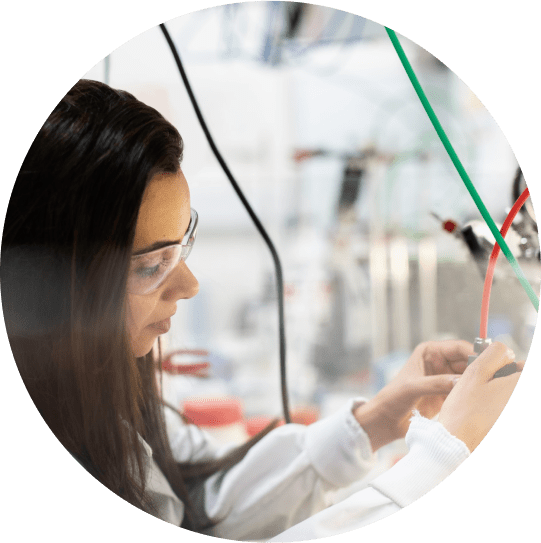Mold testing in Orange County is an essential process in maintaining a healthy indoor environment, especially in areas prone to moisture and dampness. A mold testing professional, or tester, plays a crucial role in identifying, analyzing, and suggesting remedies for mold infestation in homes and commercial buildings. The routine of a mold tester is meticulous and systematic, encompassing activities before, during, and after the inspection and testing. This article sheds light on the typical routine of a mold testing professional, detailing their responsibilities and procedures at each stage.
Before the Inspection
- Preparation and Planning: Before stepping into the field, a mold tester starts with thorough preparation and planning. This phase includes gathering all necessary tools and equipment such as moisture meters, humidity gauges, thermal imaging cameras, and sampling instruments. They also review the property’s history, if available, to understand previous water damage or mold issues.
- Client Consultation: A preliminary discussion with the property owner or manager is crucial. This conversation helps the mold tester understand specific concerns, areas of the property that are of particular worry, and any symptoms of mold exposure reported by occupants. This dialogue ensures that the tester has a clear picture of the situation before the physical inspection begins.
- Safety Measures: Mold testers prioritize their safety and that of the occupants. They don protective gear such as gloves, masks, and sometimes full protective suits. Ensuring the safety equipment is in good condition and suitable for the type of mold expected is part of the pre-inspection routine.
During the Inspection
- Visual Inspection: The process starts with a comprehensive visual inspection of the property. The mold tester looks for signs of mold growth, water damage, and moisture problems. They pay special attention to areas prone to moisture, such as bathrooms, kitchens, basements, and around heating and cooling systems.
- Moisture Assessment: Using specialized equipment, the tester measures moisture levels in walls, floors, and ceilings. Moisture is the lifeblood of mold, so identifying its sources is crucial in understanding the extent of the mold problem.
- Sample Collection: In some cases, visual inspection and moisture assessment might not be enough. The mold tester may need to collect air, surface, or bulk samples to be analyzed in a laboratory. This step helps in identifying the types of mold present and determining the air quality concerning mold spores.
- Documentation: Throughout the inspection, the tester meticulously documents findings, including photographs, moisture level readings, and areas of concern. This documentation is vital for preparing a comprehensive report for the property owner.
After the Inspection
- Analysis and Reporting: After collecting samples and information from the site, the mold tester analyzes the data. They may work with a laboratory to identify the mold species present and interpret the results. The final step in the post-inspection routine is to compile a detailed report that includes the findings, laboratory results, and recommendations for mold remediation.
- Client Communication: The mold tester schedules a meeting or a call with the client to discuss the findings and recommendations. This is a critical phase where the tester explains the extent of the mold problem, the health risks associated with the identified molds, and the necessary steps to remediate the issue. They also answer any questions the client might have and may offer advice on preventing future mold growth.
- Follow-up: In some cases, after remediation efforts have been completed, the mold tester might conduct a follow-up inspection. This step ensures that the mold has been adequately removed and that the initial moisture problem causing the mold growth has been resolved.
Finally, the routine of a mold testing in Orange County professional is both exhaustive and precise, designed to ensure accurate identification and assessment of mold issues. By meticulously following this routine before, during, and after the inspection, mold testers provide an invaluable service that helps maintain healthy, mold-free indoor environments.
